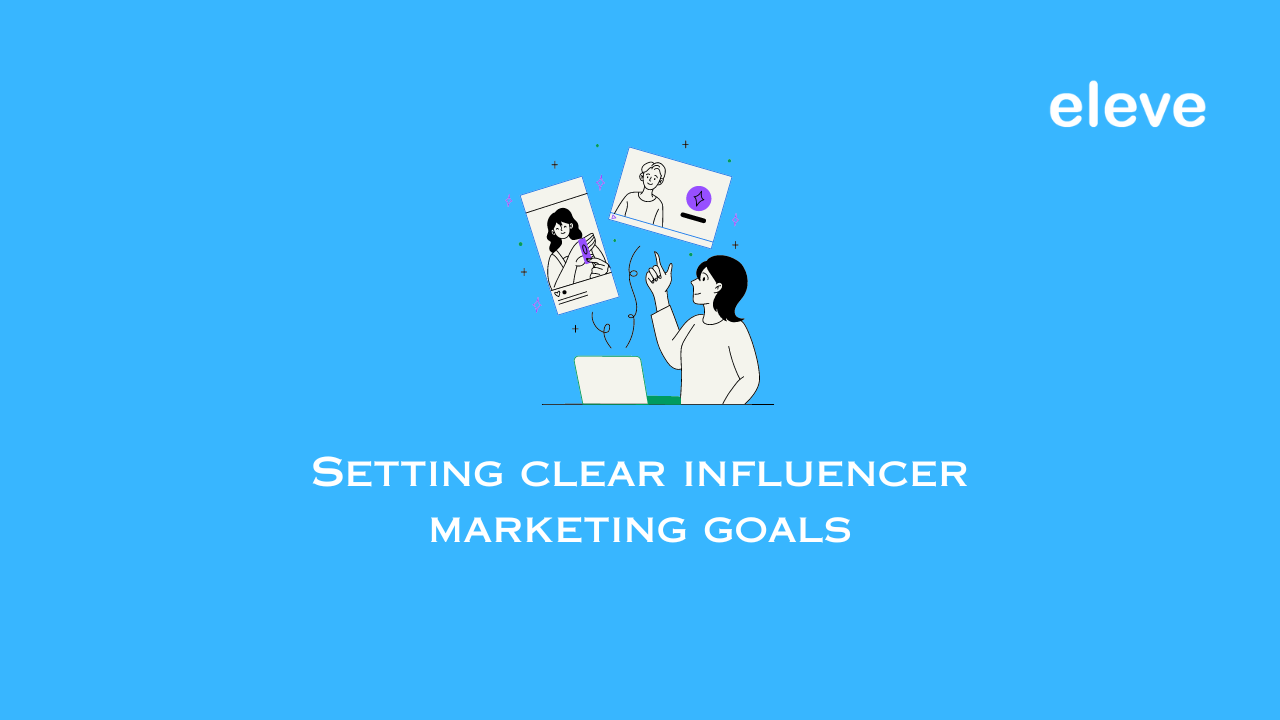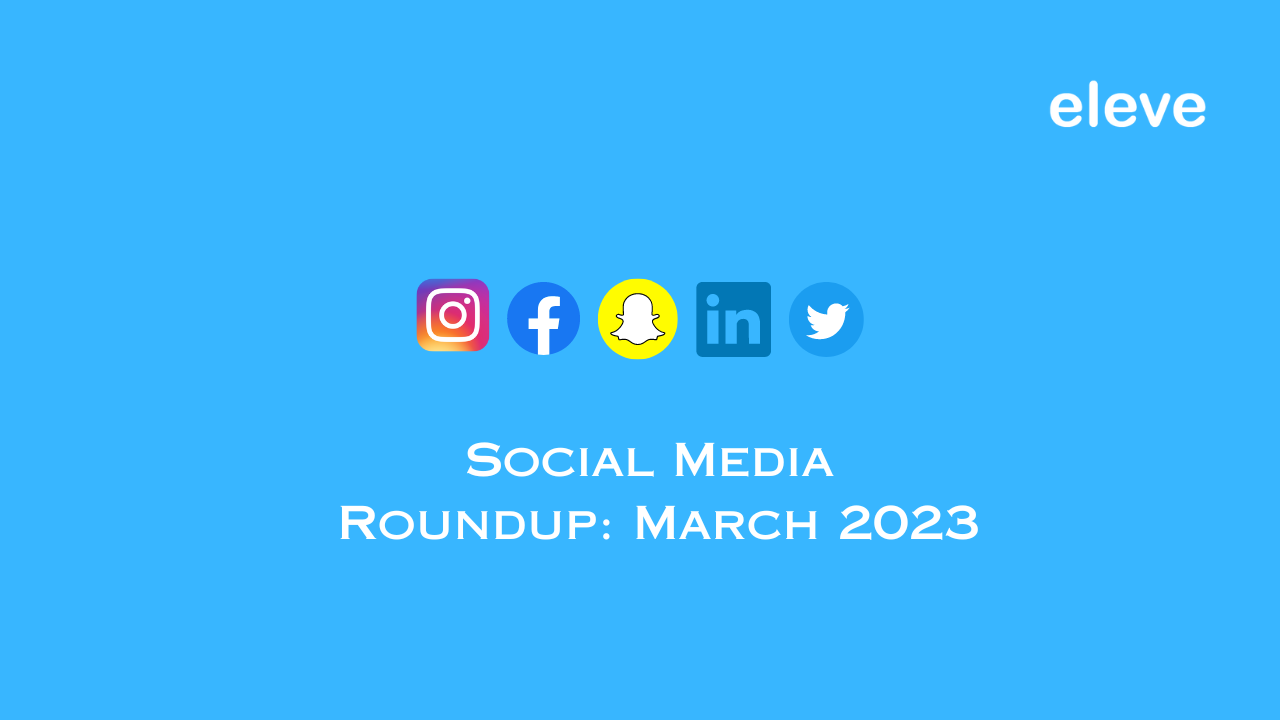Marketers are smart players. They know in the digital age, social media platforms are just like a chessboard where brands behave like chess pieces. One right move by the player, and it’s a ‘checkmate’ situation!
It doesn’t matter which player moves first in the game, but it surely matters which one has the best action plan. Some brands are amateurs; they land upon the battlefield without any preparation while the intelligent ones are grandmasters of the game with an on-point strategy, years of experience, and the capability to adapt.
Everyday brands face new opponents, who likely offer the same product; might have the same Unique Selling Price (USP); and even the same price range. What differentiates both is how they move towards their final agenda. If the brand understands the opponent’s tactics and adapts to their strategy, it’s a win, for sure.
When there’s talk about the big players in the race, multiple FMCG brands top the chart.
FMCG brands and their marketing evolution:
It takes years for brands to reach a point where they have a valuable relationship with their customers. They achieve brand loyalty from them only through large-scale product delivery; transparent relationship; and a suitable strategy. FMGC brands have always catered to their target audience with the best of products and services.
FMCG is a large bucket which consists of top-notch brands selling similar products. All the brands have, over the years, tried and tested various marketing weapons to make a relevant presence in the lives of consumers. With the market constantly changing, FMCG brands need to keep evolving to have a niche in the industry. Back in the days, marketers and advertisers used mediums like televisions, outdoor hoarding, newspapers & magazines and/or radio ads for the promotion of the products, but the consumers have now moved a little ahead of those times. Digital media rules the world now and there will be digital dominance in the future as well.
By the end of 2020, $45 billion of FMCG sales in India will be influenced by the internet. Marketers know the significance of the internet in a consumer’s life and hence, the players are taking the right moves to be king of the game.
Digital India Search Insights 2018
FMCG brands relying on influencer marketing:
FMCG brand marketers have since long believed that displaying their product(s) in the market is the most essential part of their marketing strategy. However, since the massive wave of social media and digital media has swayed in, the traditional strategies seem a little dicey in the sense of hitting the target.
Consumers now may or may not go to a retail store to buy an FMCG product. Either they shop online or read up reviews about the product and then make up their minds on what to buy. As in chess, they say, “a good chess player thinks five moves ahead,” marketers have also found a smart approach to resolve the complication.
Word-of-mouth is a well-known form of advertising and helps bring a massive amount of profit for the brand if properly executed. FMCG brand marketers have given the classic strategy a bit of a twist by giving the responsibility to the third party, called influencers.
Influencer marketing is helping in changing dynamics for the hundreds of products in the market. There are various reasons why influencer marketing is the right choice for marketers, such as:
- Consumers look for reviews of products before forming any purchase decisions. It’s a well-established fact that if a trusted source recommends a product, the consumer is more likely to buy it. Lately, many buying patterns of people are based on the verdicts of influencers. Influencer marketing helps in delivering the right reviews of the product to the target audience of a brand;
- Influencer marketing enables FMCG products to reach out to the appropriate audience. By targeting the product-related influencers, marketers can well-confirm their reach to their target audience;
- The FMCG sector has several similar brands under its umbrella. Influencer marketing allows consumers to have a clear vision of the products and helps brands create their unique brand identity on the platform. It helps in shaping the purchase decision of the buyer as well;
- Through this form of marketing, advertisers & marketers get a fair idea about the insights and sentiments of their consumers. The clarity between their need and want to get defined, pushes the marketers to come up with better and improved campaigns;
- Reading up the comments on posts, the number of shares, keywords, and mentions of the brand gives an estimate of the performance of a campaign. One can easily measure and keep a track on every aspect as well as every step. This part is extremely essential as it helps in calculating the ROI and amount of money that would be invested in the future;
- By connecting with the influencers who belong to the tier 2 and tier 3 cities, FMCG products can widen their growth and reach. Small cities are growing and the boom of the internet has started encompassing even the tiniest of places.

Many FMCG products have taken the influencer marketing test and have passed it with flying colors. One such example is Gillette.
Gillette entered India in 1984 and was mainly targeting professional men with higher disposable incomes than average Indians. The aim of the brand was to provide a remedy for all shaving related problems faced by men, like time consumption, skin irritation, shaving causing cuts, and general discomfort. Gillette razors were priced twice more than its competitors making it fail in the industry.
After many surveys and primary researches done by the company, Gillette understood what grooming means in the lives of an Indian male. Marketers realized that there’s a huge difference between the insights of the Indian culture and the western culture. The company knows the Indian market now and has finally understood the consumer segment. Gillette has started producing woman-centric products as well in the last few years.

Recently, Gillette introduced a new product in its range, called the “SkinGuard” razor, which featured various celebrities and male influencers. The product was introduced to the consumers with a #NoMoreFoamo and a catchy jingle “Don’t Fear Shaving.” Celebrities and influencers like Ayush Mehra, Dhruv Sehgal, Shantanu Maheshwari, Manish Paul, Rajkumar Rao, and Sumeet Vyas were a part of the campaign. The #NoMoreFoamo has itself more than 500+ mentions on Instagram.
Gillette’s online presence:
Gillette wants to catch the eyes of millennials, and what’s better than increasing the social media presence to achieve that goal. Gillette has made sure that no platform is left out of its reach. On the most trending platforms like Instagram and Twitter, the brand has 15.3K and 23K followers respectively.
Marketers have been sponsoring and collaborating with top Indian YouTubers for product promotion. Ranveer Allahbadia who has 2.63M subscribers and Danish Zehen who has 2.63M subscribers on YouTube have made multiple videos using Gillette razors. Their videos have hit a million views, thus increasing the reach of the brand and improving its market share.
All in all, it’s high time that other players also stay active, aware and draw a roadmap to their way of reaching the next side of the chessboard.






